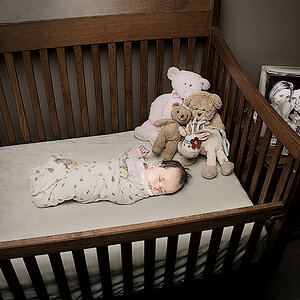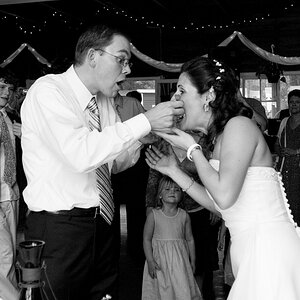bertsirkin
TPF Noob!
- Joined
- Feb 9, 2012
- Messages
- 44
- Reaction score
- 25
- Location
- West Hartford, CT
- Website
- www.photobert.com, http
- Can others edit my Photos
- Photos NOT OK to edit
Nikon came out with a D800 Technical Guide - I'm not sure if this is a "first" or not, but I don't recall anything like this coming from Nikon before. You can download it from here:
http://www.nikonusa.com/en_US/o/Y6wrkA9OU_z04IreazIXl_22UII/PDF/D800_TechnicalGuide_En.pdf
Nikon must be really worried about the bad-press they may get if they don't warn people in advance - and this document does just that. It's a primer on good technique - and a warning that the D800 is going to require a LOT of good technique.
http://www.nikonusa.com/en_US/o/Y6wrkA9OU_z04IreazIXl_22UII/PDF/D800_TechnicalGuide_En.pdf
Nikon must be really worried about the bad-press they may get if they don't warn people in advance - and this document does just that. It's a primer on good technique - and a warning that the D800 is going to require a LOT of good technique.







![[No title]](/data/xfmg/thumbnail/33/33341-3a6934b6cdb015b5acf31087acdcd278.jpg?1619735910)




![[No title]](/data/xfmg/thumbnail/41/41763-0bab4b330c52691d3fe616ed090ace09.jpg?1619739885)

![[No title]](/data/xfmg/thumbnail/33/33343-857a08c1327857172779bfe49f06f638.jpg?1619735911)